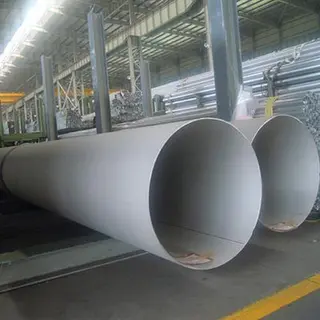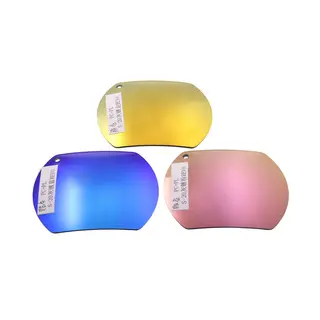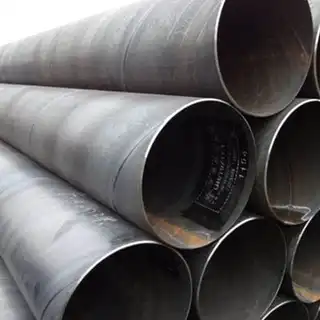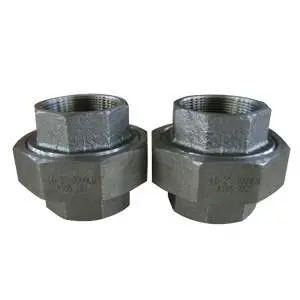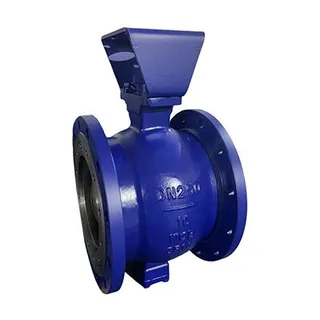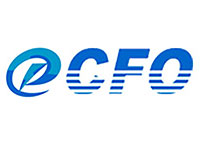Features of Fiber Optic Patch Panels
Fiber optic patch panels, namely, the fiber distribution panels whose major function is to end up the fiber cable and offer access to single fiber for cross connection.
Generally, the fiber optic panel is consisting of a metallic frame that encloses the adapter panel, the connector couplers and a splice tray. The function of the couplers is to connect the fiber cable and panel. One side of the panel is usually immobile therefore the cable can not disconnect at any point. The other side is reserved for cables which can be arranged the connection according practical situation. The splice tray guarantees cables to be neatly arranged in the fiber optic patch panel.
Fiber optic patch panel is widely applying fiber optic management unit. During installation and manage the fiber optic links, one may encounter more than hundreds or even thousands fiber cables and connections. Fiber optic patch panel can be classified into two categories: wall-mounted and rack-mounted. Wall mounted patch panel has the inner adapter and patch cables, and the fiber pigtail to realize the distribution of fiber. In addition, they also work as protective connections for fiber cables and pigtails. This kind of patch panel is mainly applied in fiber cabling and other related terminal applications. On the other hand, the rack mount patch panel is used to terminate and distribute fiber optical cables which have simple operation to manage the fiber optic links.
Generally speaking, fiber optic panels have several adapter types in order to accommodate different types of cables and connectors. If the patch panel doesn’t provide certain adapter, one will have to add between the adapter on the panel and the cable with this adapter type. This problem can be settled via a conversion cable or a hybrid adapter; both of them have certain function on connection. Fiber optic patch panel usually has several kinds of adapters built in, and higher-end panel often have installed the majority of hybrid adapters inside.
Generally, the fiber optic panel is consisting of a metallic frame that encloses the adapter panel, the connector couplers and a splice tray. The function of the couplers is to connect the fiber cable and panel. One side of the panel is usually immobile therefore the cable can not disconnect at any point. The other side is reserved for cables which can be arranged the connection according practical situation. The splice tray guarantees cables to be neatly arranged in the fiber optic patch panel.
Fiber optic patch panel is widely applying fiber optic management unit. During installation and manage the fiber optic links, one may encounter more than hundreds or even thousands fiber cables and connections. Fiber optic patch panel can be classified into two categories: wall-mounted and rack-mounted. Wall mounted patch panel has the inner adapter and patch cables, and the fiber pigtail to realize the distribution of fiber. In addition, they also work as protective connections for fiber cables and pigtails. This kind of patch panel is mainly applied in fiber cabling and other related terminal applications. On the other hand, the rack mount patch panel is used to terminate and distribute fiber optical cables which have simple operation to manage the fiber optic links.
Generally speaking, fiber optic panels have several adapter types in order to accommodate different types of cables and connectors. If the patch panel doesn’t provide certain adapter, one will have to add between the adapter on the panel and the cable with this adapter type. This problem can be settled via a conversion cable or a hybrid adapter; both of them have certain function on connection. Fiber optic patch panel usually has several kinds of adapters built in, and higher-end panel often have installed the majority of hybrid adapters inside.

Send your message to this supplier
Related Articles from the Supplier
Features of Fiber Optic Patch Panels
- Feb 17, 2016
Introduction of Fiber Optic Patch Cord
- Sep 23, 2015
Advantages of Fiber Optic Transmission
- Jul 15, 2015
Advantages of Fiber Optic Communication
- Oct 14, 2015
Internationalization of Fiber Optic Industry
- Jul 09, 2015
Splice Loss of Fiber Optic Connectors
- May 25, 2015
Major Technical Indicators of Fiber Optic Splitters
- Dec 05, 2015
Related Articles from China Manufacturers
Features of precision carbon steel pipes
- Sep 26, 2023
Features of Various Lenses with Different Functions
- Nov 24, 2021
Features of Hot-rolled Seamless Tube
- Aug 22, 2023
Features of Hot-rolled Seamless Tube
- Sep 12, 2023
Categories and Features of Unions
- Dec 17, 2014
Features of Duplex Stainless Steel Valves
- Dec 14, 2024
Operating features of globe valves
- Jun 27, 2018
Features and Installation of V-type ball valve
- Dec 14, 2024
Related Products Mentioned in the Article
Nokoxin Technology Co., Ltd.
- Address: 3F, Building No.2, Jiayiyuan Technical Park, Huaning Road, Dalang, Longhua District, Shenzhen, China.
- Phone: +86 0755-61562392
- Business Type: Manufacturer, Trading,
Supplier Website
Source: http://www.carefiber.com/features-of-fiber-optic-patch-panels.html









